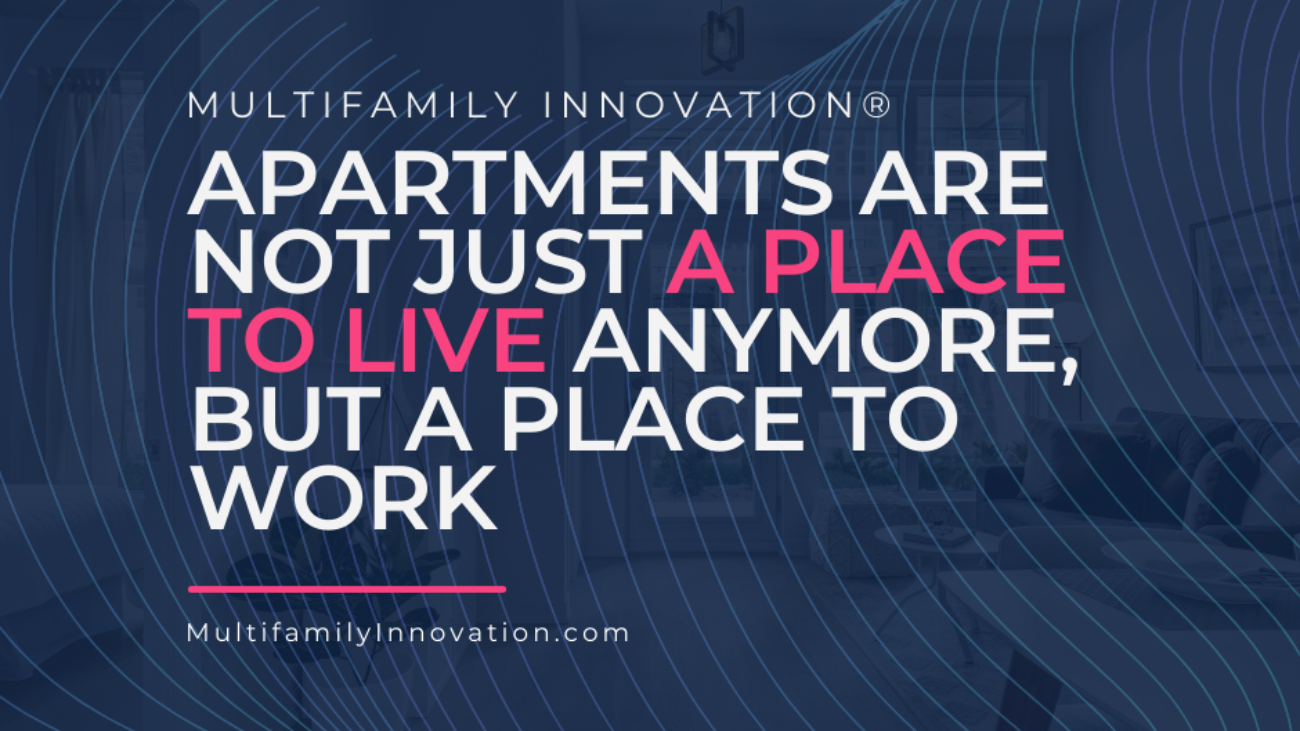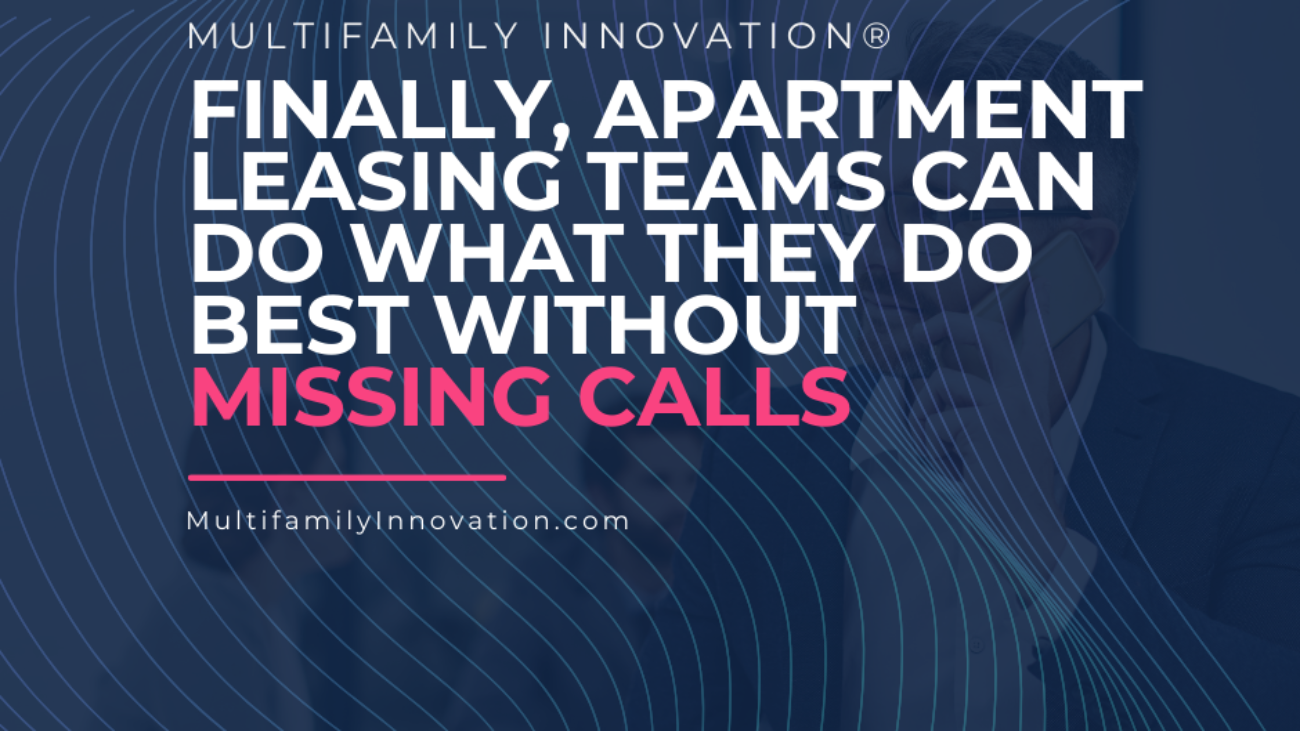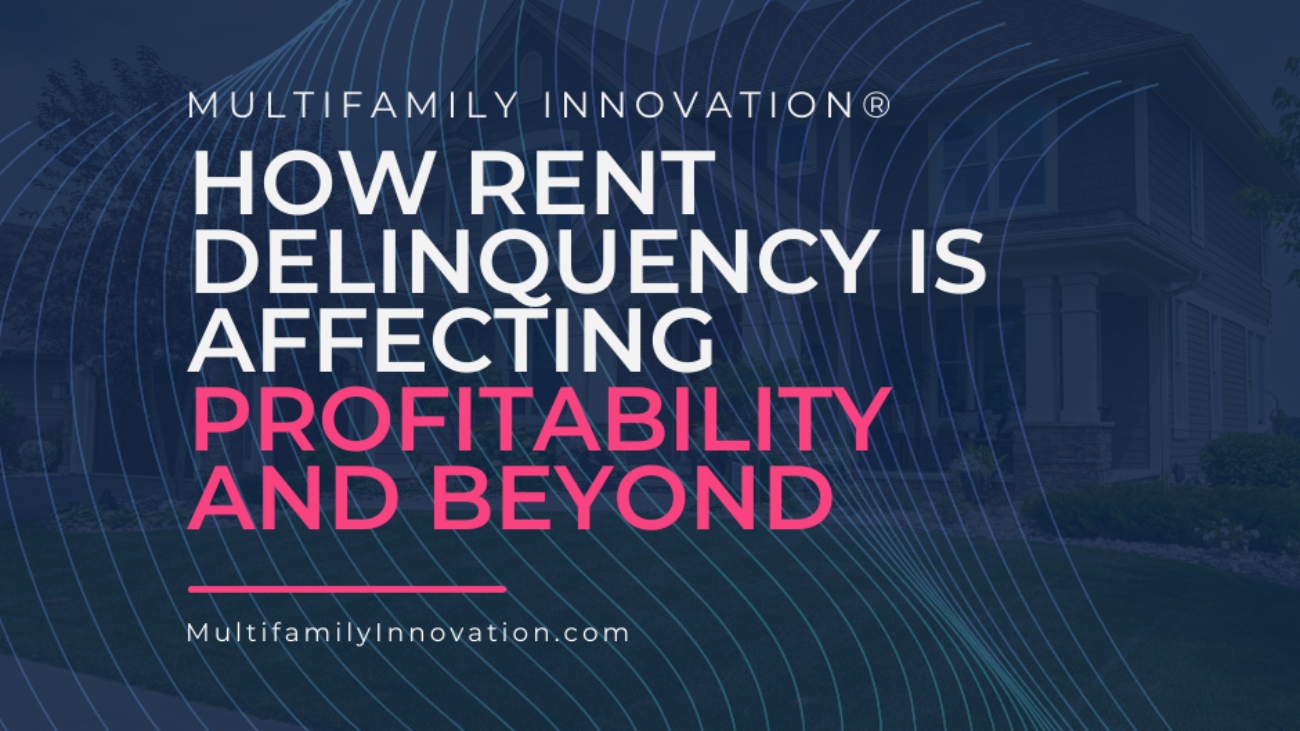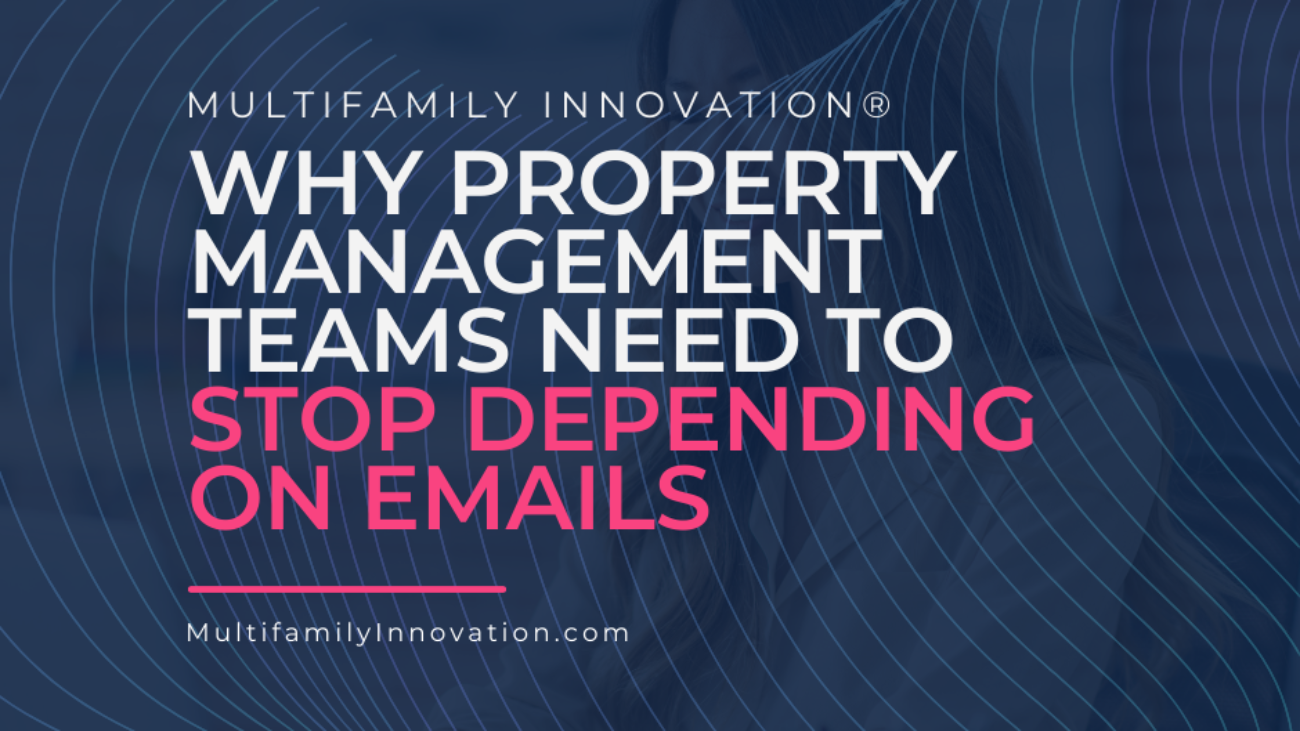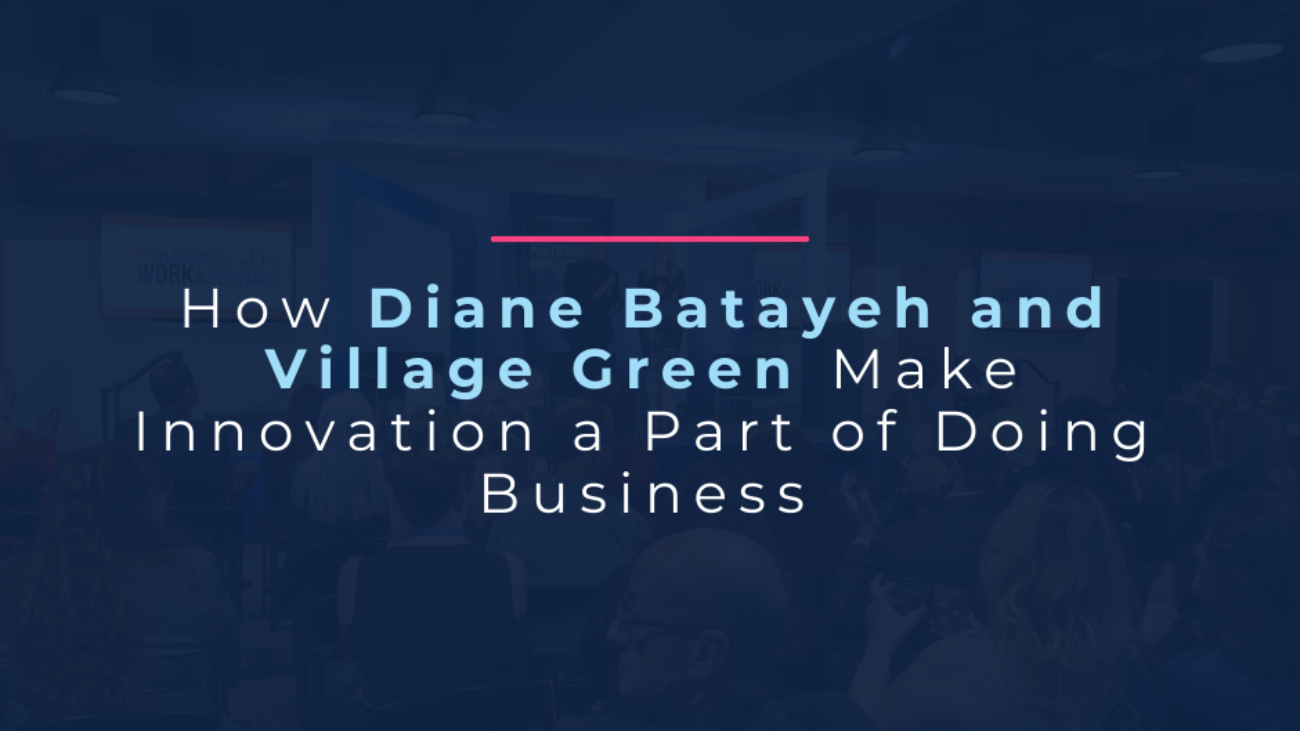Recently, our client BetterBot put forth a bold statement: “Property management teams need to stop depending on emails.” The company released an explanation for their challenge, but we wanted to learn more about the thesis.
BetterBot is a Marketing and Leasing Automation Software that replicates your best leasing agent and allows customers to inquire about apartments and homes and receive an instant answer at any time of day or night. There are over 200 property management companies already signed on with the company. The business says its BetterBot for Web solution helps find prospective renters who are more qualified, increases the time it takes to secure a lease and frees up team members to focus on other work.
We set out to learn why improving this may benefit the multifamily industry. We spoke with Trevor Park, the Head of Marketing at BetterBot. He says emails are, put simply, failing.

“Ultimately, it comes down to response time and staying top of mind,” explained Park. “Response time instantly drops for communities after-hours, and most of them do not have any sort of nurture campaign to ensure they stay top of mind. Even with a nurture campaign or quick response times, it can be challenging for property management companies to stand out in a sea of crowded inboxes. Not to mention the work involved for the leasing teams to maintain and track follow-ups if they don’t have a solution that can help with both of these.”
There are some obvious ways the days of the multifamily chatbot have been reigning supreme. With people browsing on their phones looking for new places to live, they expect answers quickly. Office hours only cover a specific portion of the day, and with today’s technology, people just don’t want to wait. If they send an email late at night and the property doesn’t answer until the following day, they could lose interest. Automation helps accommodate the immediacy of the modern era.
But BetterBot presents some other compelling arguments, too. For instance, promotional and branded emails are often filtered out and automatically sent to the spam folder, defeating the purpose of creating it in the first place. BetterBot has worked to ensure their emails make it to their inboxes by working directly with the major email providers. Email boxes can also get over-crowded, and the vast majority of people tend to delete marketing emails without ever opening them. It can also be challenging to categorize leads well enough to pay proper attention when property management teams are flooded with emails each day.
“The problem isn’t necessarily with how Property Management teams handle emails; it is the volume of emails and leads that come in for them,” explained Park. “Take any specific property and look at the average number of inquiries that come in. How can one leasing agent tell the difference between those ready to convert and those just shopping around?”
He says many of those emails are simple questions that automation can quickly answer through lead nurturing or the use of a chatbot. That’s not only better for the client; it clears out the property management teams’ inboxes of tedious work so they can more aptly focus their efforts. On average, leasing automation saves between 56 - 60 hours per month for a single property.

“These menial tasks take away from the qualified and engaged prospects that the property management teams can be engaging with to build a strong relationship and ultimately convert them to a resident faster than the window lookers,” said Park.
BetterBot recently launched their newest product, BetterBot for Leads, geared towards leads coming in through a community’s marketing sources, such as Apartments.com, Apartment List, or Zillow.
The leads are the element property management teams are most likely to lose as they get bogged down in small, simple tasks that add up to take a significant chunk of their day. Rather than having a person send a quick question and lose interest as they wait for a response, BetterBot’s instant-response AI gets the preliminary steps out of the way. Then, prospects are more ready to move forward and talk with the leasing team more meaningfully. As BetterBot puts it, by giving them time back in their day to do what they do best, be human.
“BetterBot for Leads can then help nurture those leads and sort through the prospects to provide the leasing teams with the ones that have the highest likelihood of converting so they can focus on engaging with those prospects first for easier wins,” said Park.
Park says it’s all about identifying the pain points and bottlenecks that sap efficiency when it comes to leasing. Here, he says, pairing automation with human touch solutions can save the day. It’s not a one or the other solution but rather a partnership that can help improve efficiencies and drive more substantial ROI.
“BetterBot for Leasing replicates your best leasing agent and gives your leasing team time back in their day by responding to and nurturing the leads at the top of the funnel. When automation nurtures a lead effectively, team members can focus on high-value tasks, such as tours, move-ins, and resident retention.”
Automation for marketing and leasing, it seems, is the future of multifamily. BetterBot says 56% of website traffic happens after property management offices have closed up for the night. It’s impossible to compete with companies whose customers have 24/7 access to answers and communication. The final argument would be simply for the loss of human touch a chatbot may have. There, again, BetterBot has a solution. Since property management teams are no longer overwhelmed with the low value, menial tasks, they can be more engaged with the prospects that have scheduled a tour, are ready to convert, and ultimately build the relationship with the resident. It’s a chance, the company says, to “infuse authenticity into customer interactions.”
Although emails likely aren’t going anywhere, software like BetterBot’s can help make old tech function better. If your email inbox is less crowded, you’ll be able to focus more on what’s in there. The logic is tough to argue with. So at Multifamily Leadership, we concede BetterBot may be right: property management teams need to stop depending on emails.




